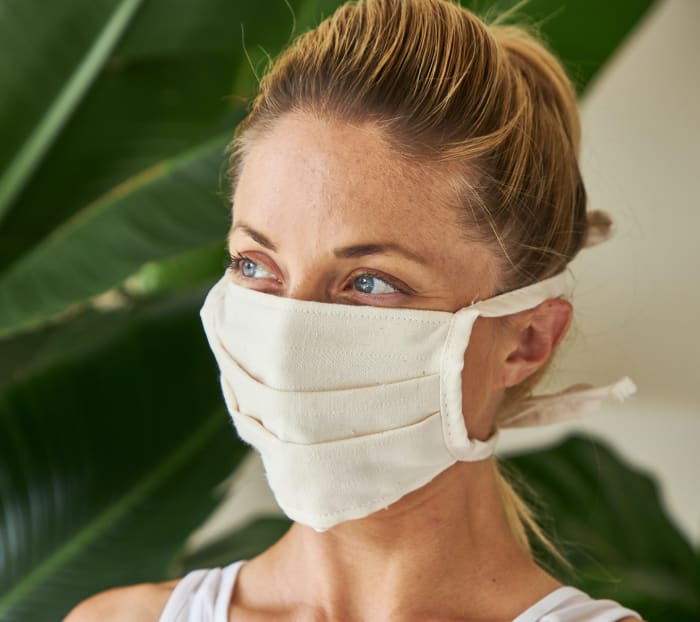
Mask is a key measure to stifle transmission and spare lives. Veils decrease the potential presentation hazards from a contaminated individual if they have side effects. Individuals wearing covers are shielded from getting contaminated. Veils likewise forestall forward transmission when worn by an individual who is tainted.
Covers ought to be utilized as a major aspect of a complete ‘Do everything!’ approach including physical removing, evading swarmed, shut and close-contact settings, improving ventilation, cleaning hands, covering wheezes and hacks, and the sky is the limit from there.
Clinical veils are suggested for the accompanying gatherings:
- All well-being laborers in clinical settings. See our direction for more data on the utilization of individual defensive hardware by medical care laborers.
- Any individual who is feeling unwell, incorporating individuals with gentle side effects, for example, muscle throbs, slight hack, sore throat, or exhaustion.
- Individuals thinking about associated or affirmed cases with COVID-19 outside of wellbeing offices.
At the point when they can’t ensure a separation of at any rate 1 meter from others, clinical covers are additionally suggested for the accompanying gatherings, as they are at a higher danger of getting genuinely sick with COVID-19 and biting the dust:
- Individuals matured 60 or over.
- Individuals of all ages with basic medical issues, including constant respiratory sickness, cardiovascular illness, malignancy, stoutness, immunocompromised patients, and diabetes mellitus.
Organic Cotton Face Masks are prompted for use by the overall population when physical removing can’t be kept up, as a feature of a thorough ‘Do everything!’ approach, including improving ventilation; cleaning hands; covering sniffles, and hacks, and the sky is the limit from there.
Inside more extensive conditions where the infection is spreading, veils ought to be worn by the overall population in settings where it is beyond the realm of imagination to expect to keep up at any rate 1 meter from others. Instances of these settings incorporate indoor areas that are packed and have helpless ventilation, public vehicle, and spots of high populace thickness – among others.
In encased settings, particularly where there is helpless ventilation, it is likewise imperative to build the pace of air change, diminish the distribution of air, and increment the utilization of outside air.

Instructions to put on and remove a clinical cover:
- Prior to contacting the cover, clean your hands with a liquor based hand rub or cleanser and water.
- Assess the cover for tears or openings; don’t utilize a veil that has recently been worn or is harmed.
- Check which side is the top – this is typically where the metal strip is.
- At that point, distinguish within the cover, which is generally the white side.
- Spot the veil all over covering your nose, mouth, and jawline, ensuring that there are no holes between your face and the cover. Spot the ties behind the head or ears.
- Squeeze the metal strip so it molds to the state of your nose.
- Keep in mind, don’t contact the front of the veil while utilizing it to maintain a strategic distance from pollution; on the off chance that you coincidentally contact it, clean your hands.
Step by step instructions to remove a clinical veil:
- Prior to contacting the veil, clean your hands with a liquor based hand rub or cleanser and water.
- Eliminate the ties from behind the head or ears, without contacting the front of the veil.
- As you eliminate the veil, lean forward and pull the cover away from your face.
- Clinical veils are for single utilize just; dispose of the cover promptly, ideally into a shut container.
- Clean your hands in the wake of contacting the veil.
- Know about the state of the cover; supplant it on the off chance that it gets grimy or moist.






